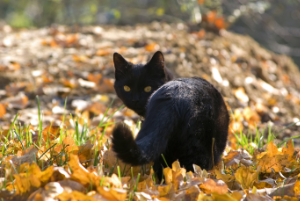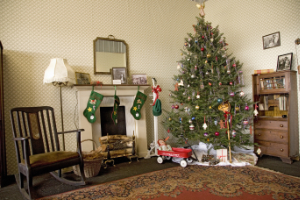Category - history
Posted by Julia Tortorice
Typically nurses work within standard medical settings (hospitals, medical centers, etc.), but some unique opportunities within nursing may appeal to those with an adventurous, patriotic, or adrenaline-fueled soul: The Army Nurse Corps (ANC). The ANC has a long and storied history. During WWII, nearly 60,000 American nurses served in the Corps, and they operated on the same hub of the front lines for the first time in American history. According to the U.S. Army Center of Military History, the ANC was a critical part of the evacuation chain, with nurses serving in various fields, including evacuation hospitals, trains, ships, and on medical transport planes. The bravery and dedication of these professionals led to an overall mortality rate of less than four percent for the injured soldiers who received care. Furthermore, adding a professional ANC advanced the fight for equity and mental healthcare.
The ANC’s historical significance
The overwhelming demand for nurses during ...
Posted by Emily Pazel
We’ve all been there before – you’re not alone if you’ve crossed paths with a black cat before and then quickly felt doomed for the rest of the day. It’s easy to recognize symbols or instances of a superstitious activity when you are out and about, but what about at your place of work? You might have a coworker or two that needs a little extra superstition to feel better about their workspace.
But maybe you don’t understand why your coworker is tossing salt over his or her shoulder, or why they insist on having a horseshoe over the door. So, we’re here to break down a few common superstitions and learn what they mean and where they come from, so that you can better understand the person working in the cubicle next to you – after all, their luck might rub off on you.
Common Superstitions You Might Encounter
Superstitions have been around for quite some time and derive from different cultures and meanings. From all-star athletes to...
Posted by Emily Pazel
Each year, dozens of spectators flock to Punxsutawney, Pennsylvania to see if a certain groundhog named Punxsutawney Phil will emerge from his burrow and see his shadow. This year, on February 2nd, the famous rodent crawled out from his hole and saw his shadow, predicting there would be six more weeks of winter.
Due to the coronavirus pandemic, this Groundhog’s Day was virtually live-streamed with only a few people in attendance. But that didn’t stop Phil from seeing his shadow and forecasting six more weeks of cold, chilly weather for the country.
According to the Punxsutawney Groundhog Club, “Punxsutawney Phil, the Seer of Seers, the Prognosticator of all Prognosticators,” woke up around 7:25 a.m. by his handler, who is part of the “Inner Circle”, to see whether he could see his shadow or not. After the prediction was made and the groundhog saw his shadow, a message on a scroll was read by the Groundhog Club’s President that said:...
Posted by Emily Pazel
The Christmas tree is an iconic symbol around the world for many reasons. It’s a symbol of timeless traditions, family gatherings and most importantly, a beautifully decorated tree that lights up the holiday season. Many people don’t even think twice about setting up the tree and decorating it with brightly colored ornaments around this time of the year. But have you ever wondered what the Christmas tree represents? Where it all started? Or, maybe where most of the Christmas trees are grown?
In southwestern Pennsylvania, Indiana County is famously known as the “Christmas Tree Capital of the World.” Beginning in 1918, Christmas trees were grown as a popular farm crop, and by 1956, an estimated 700,000 trees in Indiana County were cut. Although other states may now grow more evergreen trees, Indiana County claims to be the first and still proudly holds the grand title.
So, what’s so special about a Christmas tree? With the holiday season in full bloom,...




